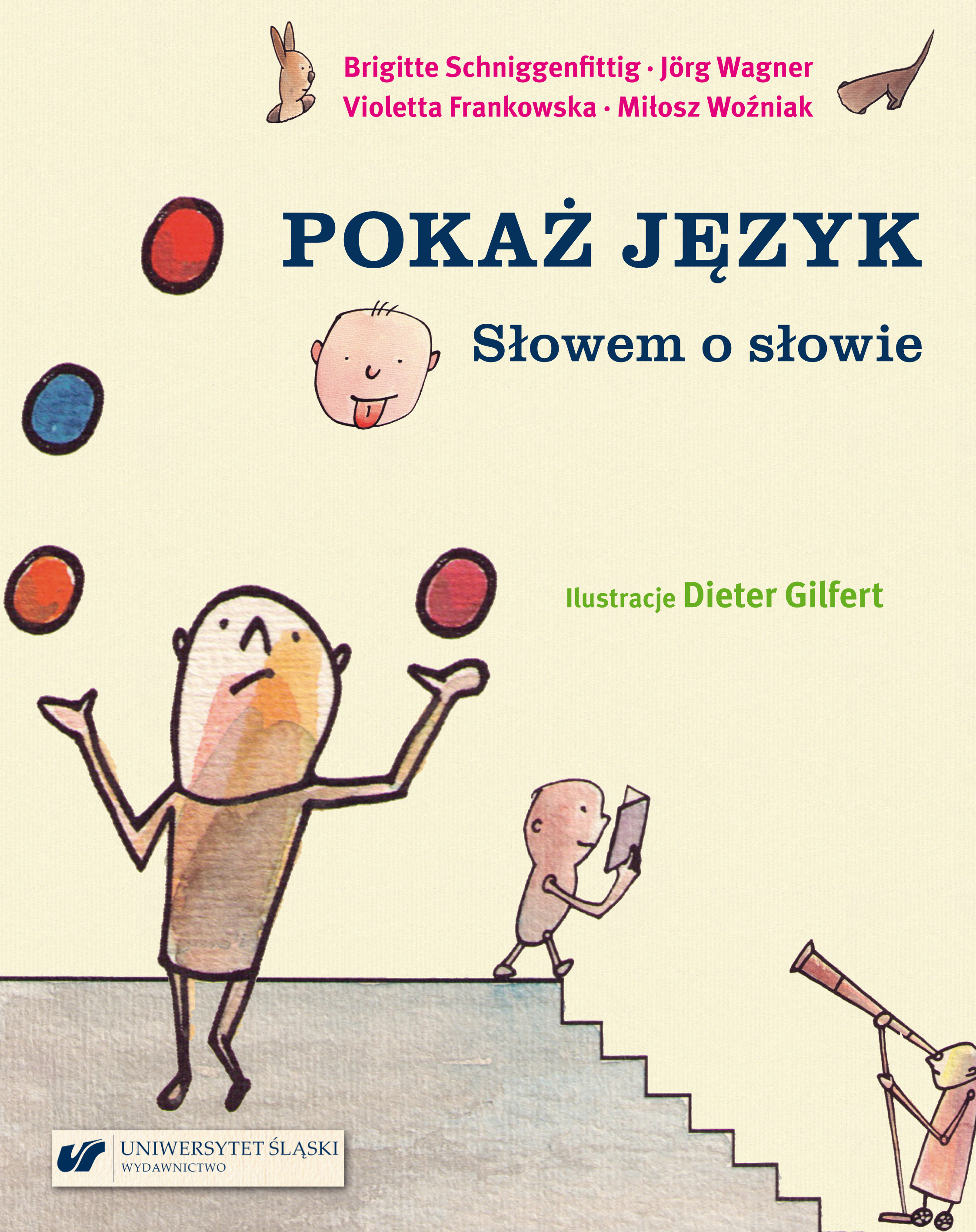Pokaż język. Słowem o słowie

Details about the available publication format: LOOK INSIDE
Details about the available publication format: BUY THE BOOK
Synopsis
The subject-matter of the 30 short chapters of this book are selected phenomena of vocabulary, presented metaphorically as treasures to be discovered. In a simple but also entertaining way, with plenty of inspiration for one’s own discoveries, the questions of semantics, etymology, grammar and migration of words are explained. The authors start with observations on the ways in which both animals and humans communicate, and then turn their attention to the uniqueness of human sounds. How is it possible that in the Polish language “only” about 40 sounds can give rise to a million words? What is a word anyway? How is it that words mean something? How does their meaning change? Does everything have a name? Why do some words disappear and how are new words formed? Why do some words have more than one meaning and why don't we get lost in this maze? In addition to the question of polysemy, the book also addresses the issue of synonyms, homonyms and eponyms. Taboo subjects and their substitutes, i.e. euphemisms, are also discussed. Metaphors, place names and surnames are further topics. Chapters on anagrams and palindromes encourage playing with language. Grammatical issues are mentioned, pointing out, for example, to the significant role of affixes or function words. This is a popular science book to read and browse at home. It can also be used as a supplement to classes on language and as support material for teachers and lecturers. For this purpose, an index of essential linguistic terms is included. The vocabulary examples cited are partly taken from Polish, children's and youth literature. The authors wish in this way to encourage its reading.



